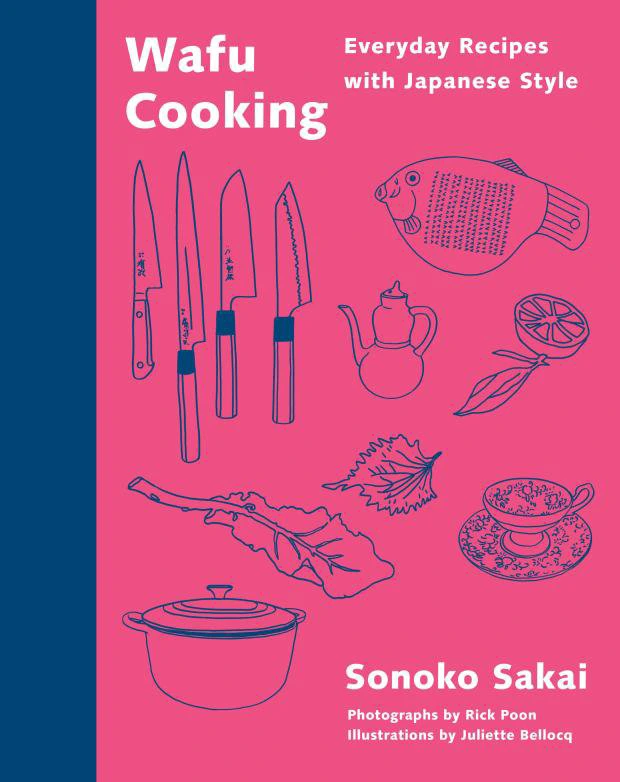Centuries of culinary blending set the stage for the harmonious combination of flavors found in this Japanese Italian Wedding Soup.


View pictures in App save up to 80% data.
Written by ALBERT STUMM
When Sonoko Sakai's mother added a touch of miso to her lasagna, she wasn't considering the Japanese fusion that would later become a popular trend in American cuisine during the 1980s.
Rather, she was doing what Japanese cooks had been doing for centuries, adapting to outside influences. Many dishes now thought of as quintessentially Japanese are fusions once considered foreign to the country.
Gyoza dumplings made their way to Japan from China roughly a century ago. Tonkatsu, which is a breaded and fried pork cutlet, was inspired by French cuisine and introduced by chefs working in the imperial court during the Meiji era in the late 19th century, following Japan's opening to Western influences. Meanwhile, curry was introduced when the British brought spice blends from their colonies in India.
Sakai, a Japanese-American cooking instructor, mentioned that each dish was modified to incorporate more Japanese elements in her new book, “Wafu Cooking,” which delves into this blend of culinary influences.
Wafu essentially refers to a style that is "Japanese in nature." This can involve incorporating Western flavors into Japanese cuisine or modifying the presentation and overall appeal of a dish to align with Japanese aesthetic preferences.
Consider tonkatsu as a case in point. Imperial chefs would "wafued" the pork cutlets, cutting them into small, manageable pieces that could easily be picked up with chopsticks. To complement the dish's rich flavors, it is served alongside shredded cabbage, and is accompanied by tonkatsu sauce—a unique blend of soy sauce, Worcestershire sauce, and tomato, making it a delightful international fusion.
Sakai frequently incorporates Western recipes into her cooking, advocating for the use of "wafu" as a verb. In her book, she features a white-bean chili that gains an extra depth of flavor from soy sauce. She also enhances her apple pie with miso, just as her mother does with their Bolognese sauce.
Sakai remarked, “I believe it enriches the taste. It doesn’t feel strange or out of place; it simply leaves you curious about why it’s more delicious.”
In Japan, there's a culinary tradition known as kakushiaji, which translates to “hidden flavor.” According to Sakai, these ingredients are akin to secret agents in the kitchen. “I refer to them as little ninjas,” he explained, emphasizing their stealthy role in enhancing dishes.
She discreetly adds sake, soy sauce, and ginger to her Italian Wedding Soup, a recipe passed down fr